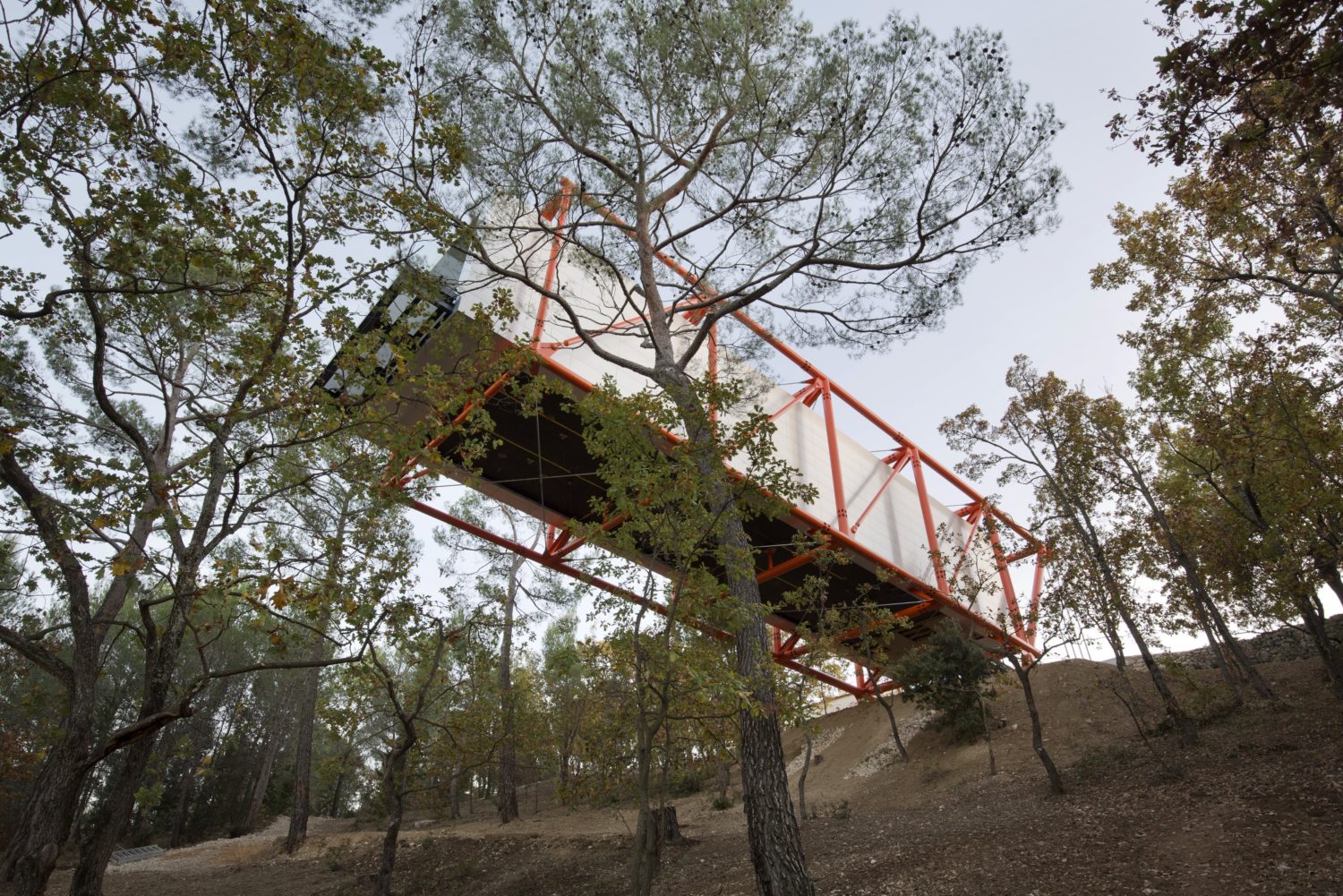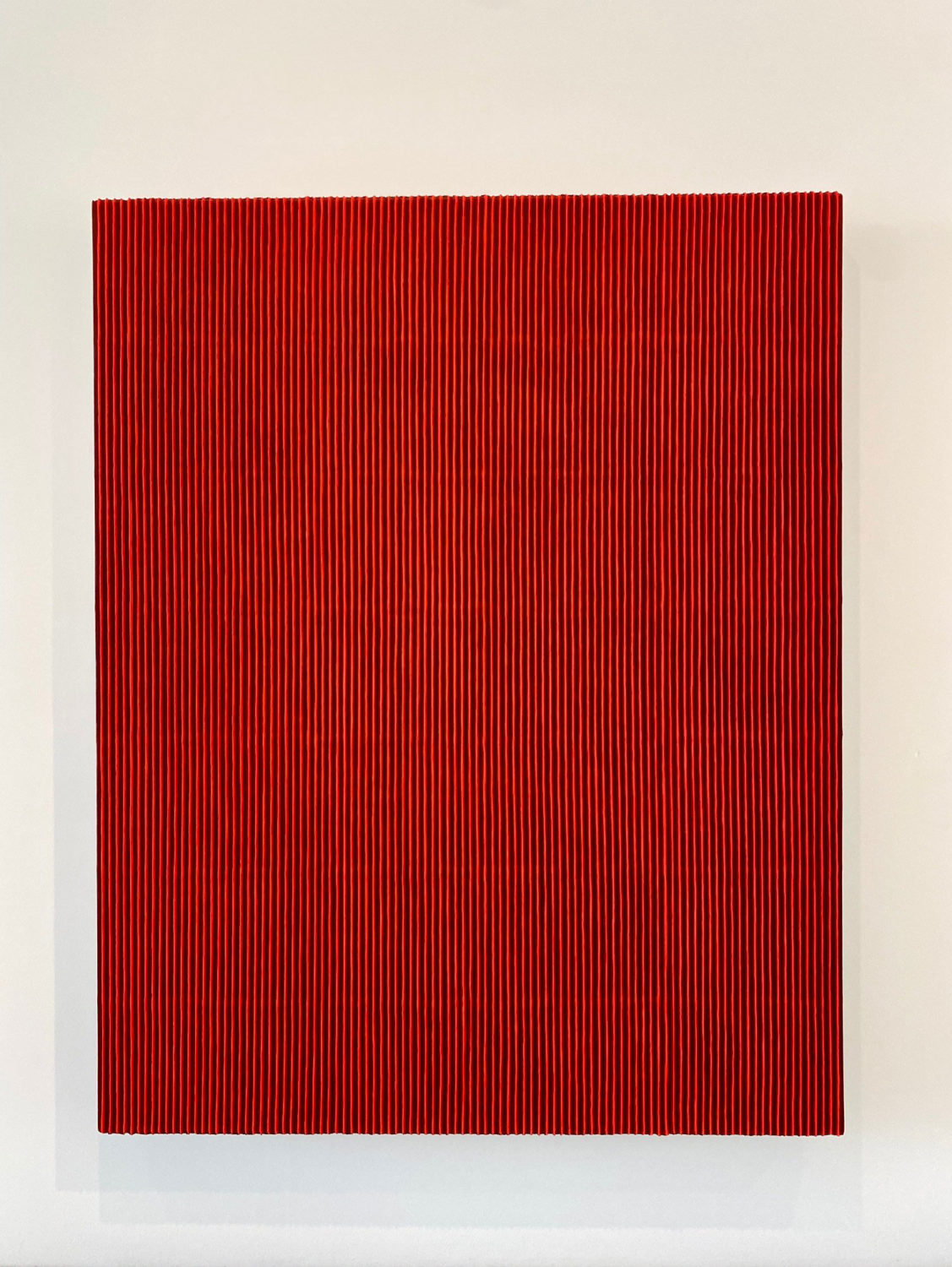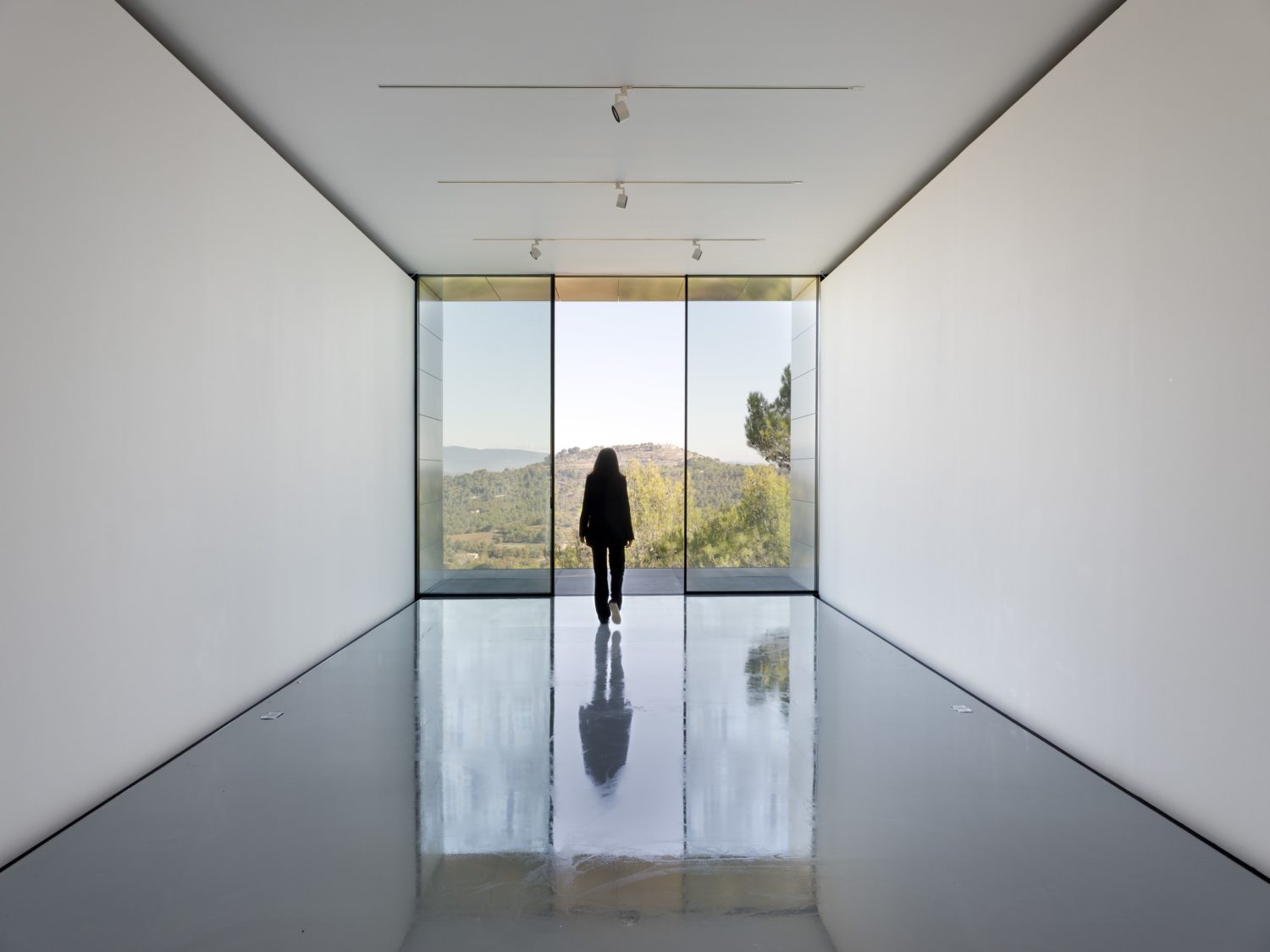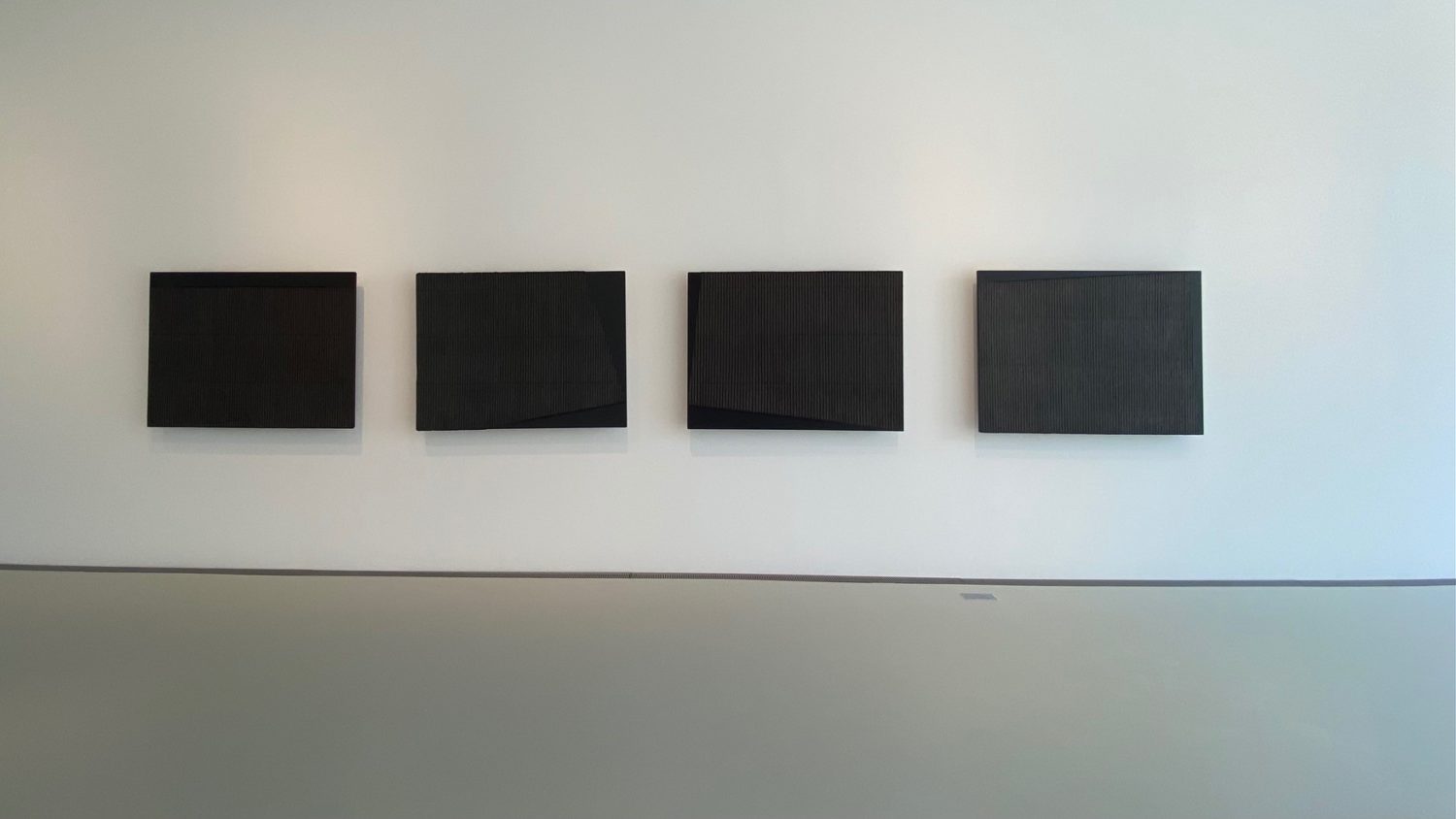Inside Provence’s New Richard Rogers-Designed Floating Gallery
By Something CuratedImagine stepping into a gallery that cantilevers off a steep hillside, floating in the forest. The bright Provence light sifts inside with you, and its rays wrap the artworks like a glaze. Designed by Pritzker Prize-winning architect Richard Rogers, the compelling building was the last work produced by the architect before his retirement from Rogers Stirk Harbour + Partners, the studio he founded in 1977. The 120-square-metre art gallery is almost entirely suspended with only four small footings touching the ground. It is supported within a bright orange structure that is visible on the outside like many of the influential buildings designed by the high-tech architecture pioneer including the Centre Pompidou and the Lloyds building.

Rogers decided on placing the new gallery, which projects 27 metres from the hillside, at the edge of French wine producer Château La Coste’s vineyards alongside a former Roman road, taking full advantage of views across the site. The inaugural show at the Richard Rogers Drawing Gallery, now open to the public, presents Park Seo-Bo’s Ecriture. For the first time in the body of work’s history, the series is exhibited within the context of nature, woven into the tapestry of a densely wooded ridge. Park Seo-Bo is a pre-eminent abstract artist who played a pivotal role in the development of post-war Korean art. At the start of his career in the mid-1950s, Park was moving away from representation and conventional painting techniques of that time.

He claimed a primordial aesthetic, often with a dark and melancholic palette. It was his way of coming to terms with the wake of war, in which Korean society was gathering its ravaged fragments. Then, around the end of the 1960s, Park sought to make art that was categorically new. He had outgrown the fervour of young avant-garde artists, and it was at this juncture of change that the Ecriture series was formulated. The earliest Ecriture works are a construct of delicate and thin lines repetitively drawn using a pencil on oil paint. With the lines closely spaced and sweeping diagonally, the effect was reminiscent of hatching. Since then, the series has gone through successive changes, along which he explored variations in surface colour, its viscosity, the shape of lines, and a method of layering.

The 1980s arrived, and Park embarked on his process of using hanji, traditional Korean paper, as his primary medium. To combine hanji with line-making was like consummating his relationship with the series, consolidating his artistic idiosyncrasy. All the works presented at this current exhibition are hanji Ecriture, composed of works made between the 1990s and the 2000s. The first and essential characteristic of hanji Ecriture derives from the use of a ‘hanji-canvas’ made by laying down sheets of wet hanji mixed with a binding agent. Whilst hanji is traditionally used in art of the past such as calligraphy and ink painting, Park extracted this medium from its conventional context and placed it within Western painting. Eschewing the ideological allure of genres, Park was, rather, focusing on the material nature of the medium, which was instrumental to his art-making.

For Park, “The canvas is not a place where you regurgitate your thoughts, but where you empty them.” The artist proclaims this art-making inadvertently results in the absence of the maker’s mind. In stark contrast, there is a tendency in contemporary art to prioritise the artist’s concept or intended idea, which to Park, is only a half-truth. His method of working provides a succinct criticism of the pervasive conceptualism valued in the current art scene. Park’s hanji Ecriture represents not only the culmination of his career but epitomises the essence of his rich practice. He has laid a firm foundation that ratifies the output of many artists like him, who intimately and enthusiastically work in natural tandem with the materiality of their medium.
Feature image: Richard Rogers Drawing Gallery at Château La Coste. Photo: James Reeve